-
0 Comments
Picture a marketing campaign that finds the right people, sends them the message they want to see, and reports back on its success without you having to nudge it. That no longer feels like science fiction. Thanks to artificial intelligence, many marketers are already working in that world.
What once seemed a trendy toy has gone mainstream; AI now fuels email sequences, dynamic ads, behavior forecasts, and even the friendly chatbot answering late-night questions. For anyone selling a product or service, mastering these tools has slipped from nice-to-have to must-have.
That’s why IRA Trainings offers the AI Based Digital Marketing Training Course, designed to equip beginners and professionals with practical, job-ready skills. Whether you’re a small business owner looking for an AI in marketing online course for small businesses, or someone just starting and searching for an online AI digital marketing training for beginners, this course has you covered.
Start your journey today with our AI based digital marketing course with certification and gain the confidence to lead in the AI-powered marketing era.
Why AI Based Digital Marketing Training Course is a Game-Changer
AI is remodeling how businesses do digital marketing. From saving time to boosting marketing campaign performance, it’s converting the game, in particular for small businesses with confined resources.

Automates Repetitive Tasks
AI tools can handle time-consuming tasks like:
- Email marketing automation
- Ad campaign management
- Customer data analysis
This means marketers can focus more on strategy and creativity.
Provides Personalized Experiences
AI allows businesses to deliver the right message to the right person at the right time. AI can research user behavior and personalize the content to create true engagement and conversions.
Predicts Trends and Customer Behavior
Artificial Intelligence uses predictive analytics that allow you to keep track of market trends and make decisions based on data. Predictive analytics is the digital marketing equivalent of a crystal ball.
24/7 Support with Chatbots
AI Chatbots will be able to answer customer questions right away, raising user satisfaction and increasing sales without adding staff.
Why It Matters for You
If you’re a small business owner or just starting out, an AI in marketing online course for small businesses can teach you how to use these tools effectively, giving you a major edge over your competitors.
What You’ll Learn in the AI Based Digital Marketing Training Course
This section uses the primary keyword and integrates the secondary keyword “Practical AI digital marketing certification online,” while keeping it Google SERP-friendly, highly readable, and valuable to the target audience:
What You’ll Learn in the AI Based Digital Marketing Training Course
At IRA Trainings, our AI Based Digital Marketing Training Course is designed to give you more than just theory—it delivers hands-on, real-world knowledge that you can apply immediately. Whether you’re a business owner, marketer, or student, this course helps you use AI tools to improve your digital marketing performance.
Introduction to AI Tools in Marketing
We will start from the beginning- learning what Artificial Intelligence is and how it is currently being used in marketing today. You will become familiar with tools like ChatGPT, Jasper, Google AI, and the other popular platforms and tools that leading marketing professionals and agencies use.
Campaign Optimization Using AI
You will learn how to employ AI to improve your campaigns in real time. You will learn how to adjust audiences to target, automate bid strategies, and finally, apply artificial intelligence insights to achieve a higher return on investment.
Audience Targeting and Segmentation
AI helps you reach the right people. You’ll explore how machine learning can identify high-value customer segments based on behavior, location, interests, and more, driving better engagement.
AI for Content Generation
Explore how you can use AI to efficiently and smarter create content. From blog headlines to email subject lines and everything in between, you will know how to leverage tools to create great content while staying true to your brand voice.
Real-World Use Cases and Projects
You will implement everything you have learned into practical exercises and industry projects. Thus, our program is a Practical AI digital marketing certification online, and being job-ready.
With this curriculum, the AI Based Digital Marketing Training Course helps you go beyond the basics. You’ll gain experience, not just theory, making it one of the best options for professionals and beginners alike.
Whether you’re seeking an AI based digital marketing course with certification or the best AI digital marketing training course for beginners, IRA Trainings equips you with future-ready skills.
If you’re looking for an online AI digital marketing training for beginners or a targeted AI in marketing online course for small businesses, this is your launchpad to success.
Who Should Join This Course?
The AI Based Digital Marketing Training Course by IRA Trainings is structured for all levels of learners, whether you are brand new to the digital world or whether you are upgrading your skill set with AI-powered tools. The course is practical, easy to understand, and has real-life applications.
Small Business Owners
If you’re running a small business, you know how important digital marketing is. This course helps you leverage AI to:
- Automate marketing efforts
- Reach the right audience faster
- Improve ROI without hiring large teams
That’s why it’s a top-rated AI in marketing online course for small businesses.
Digital Marketing Beginners
New to the field? No problem. This is the best AI digital marketing training course for beginners. You’ll learn everything from AI basics to campaign execution using modern tools—no prior experience required.
Marketing Professionals
Already working in marketing? Upskill on the latest AI approaches to get ahead. You will learn how to:
- Integrate AI and augment your existing strategies
- Use analytics to make decisions
- Earn a practical AI digital marketing certification online
Regardless of whether you are looking for the next position or managing a team, you will have the edge over the competition.
After your program, you will have also received an AI based digital marketing course with certification, a tangible asset to demonstrate your new skills.
Looking for something flexible? The online AI digital marketing training for Beginners learners is self-paced and accessible anytime, anywhere.
Course Format & Certification
IRA Trainings is also aware that flexibility is necessary, especially when it involves busy professionals, students, or small business owners! Therefore, we created an AI Based Digital Marketing Training Course that is 100% online, so you can take the course whenever it works for you.
Flexible Learning Options
You can choose to learn in various ways that fit your learning style and schedule.
- Self-paced modules if learning independently is your preference
- Instructor-led, session-based learning with skilled mentors for interactive learning
You can start your training, pause your training, and resume when you are ready – all ideal for working professionals or entrepreneurs in their businesses.
Recognized Certification
Once you complete the course, you will receive an AI based digital marketing course with certification that is recognized in the industry, and easily shared on LinkedIn, news resumes, and provided during job applications. This certification demonstrates your knowledge and ability to plan, implement, and manage AI-based marketing strategies, along with the AI-based tools for performance monitoring and reporting!
This program is ideal for anyone looking for a Practical AI digital marketing certification online, and is widely regarded as the best AI digital marketing training course for beginners.
So whether you’re just getting started or looking to scale your business, our online AI digital marketing training for beginners learners ensures you gain real-world skills with lasting impact.
Benefits of Enrolling in IRA Trainings
Choosing the right institute for your AI marketing education is crucial. At IRA Trainings, our AI Based Digital Marketing Training Course is designed to help learners build real-world skills that lead to real career opportunities. Whether you’re just getting started or want to upgrade your digital expertise, here’s why our training stands out:
Experienced Instructors
Our trainers come from strong industry backgrounds. They teach using real-world examples and guide you through every major AI-powered marketing concept. Learning from experts ensures you gain practical, up-to-date knowledge.
Career-Focused Curriculum
This course isn’t just theory. You’ll master tools and strategies used by top marketing professionals. The curriculum includes hands-on projects that prepare you for real marketing roles from day one.
1:1 Mentorship and Job Assistance
Get personalized support throughout your journey. Our mentors help you with doubt-solving sessions, resume building, and interview preparation. We also provide job assistance to connect you with top hiring companies.
Testimonials and Case Studies
Don’t just take our word for it. Our learners have gone on to secure roles in agencies, startups, and global companies. Through case studies, you’ll see exactly how AI is being used in the marketing world today.
Perfect for Beginners
If you’re searching for Online AI digital marketing training for Beginners levels, this course is a perfect match. The content is beginner-friendly, yet powerful enough to build advanced skills over time.
IRA Training’s AI Based Digital Marketing Training Course is more than just a certification—it’s a gateway to future-ready marketing careers. Whether you’re aiming for a Practical AI digital marketing certification online or looking for the best AI digital marketing training course for beginners, we’re here to help you grow.
How to Get Started – Enroll Now!
Are you ready to learn some amazing marketing skills? If YES, it is easy and quick to register for IRA Trainings’ AI Based Digital Marketing Training Course. You could be a beginner, entrepreneur, or marketing professional; this course is designed based on your objectives and availability.
Follow These Quick Steps to Enroll:
- Go to our course registration at AI Based Digital Marketing Training Course – IRA Trainings
- Click on the “Enroll Now” button.
- Complete your details and select your learning mode.
- Complete your payment and immediately access the course resources.
- Now you can start learning anytime, anywhere.
Why Choose This Course?
We design the course to provide students with real job-ready skills using AI tools and marketing strategies. If you want a Practical AI digital marketing certification online course or seeking the Best AI digital marketing training course for beginners, we have you covered.
Course Highlights:
- 100% online and beginner-friendly
- Industry-recognized certificate
- Hands-on learning with AI marketing tools
- Ideal for small businesses and startups
- Flexible schedule with lifetime access
- Expert trainers and career support
Thousands of learners trust IRA Trainings to upskill with confidence. If you’re searching for an AI in marketing online course for small businesses or an Online AI digital marketing training for beginners, this is your opportunity to join a top-rated program.
Enroll in the AI Based Digital Marketing Training Course today and future-proof your career!
Conclusion:
Enrolling in an AI Based Digital Marketing Training Course is probably one of the best decisions you can make if you are interested in being successful in today’s increasingly competitive digital world. This AI in marketing online course provided by IRA Trainings encompasses all AI tools, automation, data marketing, and much more, providing a structured educational path to learning how to succeed via AI in digital platforms.
You will have access to online classroom support, online practical lessons, relevant one-to-one consultant support for your future marketing platforms, including real-life-based projects, and many tutorials from industry professionals.
If you are a small business owner looking to exploit self-learning AI marketing potential, someone looking to start a career in digital marketing, or an individual who wants to learn digital marketing tips for online business ideas, this AI in marketing online training for small businesses will meet all your needs. You will also be awarded a Practical AI digital marketing certification online, which gives credibility and a boost to your CV.
With flexible online classes, expert guidance, and a certification recognized by industry leaders, this is the best AI digital marketing training course for beginners available. Don’t miss the chance to upskill with the AI based digital marketing course with certification from IRA Trainings. Take the first step today and join our online AI digital marketing training for beginners program to future-proof your career!
FAQ’s
Q1: What is the best AI digital marketing course?
The best course will have practical skills, certification, and an online training component with flexibility. IRA Trainings AI Based Digital Marketing Training Course gives you all that and much more! No surprise why it’s the best course – it gives you everything, inclusive of education for beginners and for small businesses.
Q2: How can small businesses use AI in marketing?
AI supports small businesses to become more efficient with a focus on performance. For example, optimizing marketing campaigns, automating marketing tasks, and also personalizing customer engagement online saves time and provides a better return on your marketing strategy. An AI in marketing online course for small businesses can help you apply these methods.
Q3: Is this course for beginners?
Yes, absolutely! The best AI digital marketing training course for beginners, and this course offers the best foundation to start from scratch and build from the base to advanced levels with the support of a leading expert, and provides you with a practical certification.










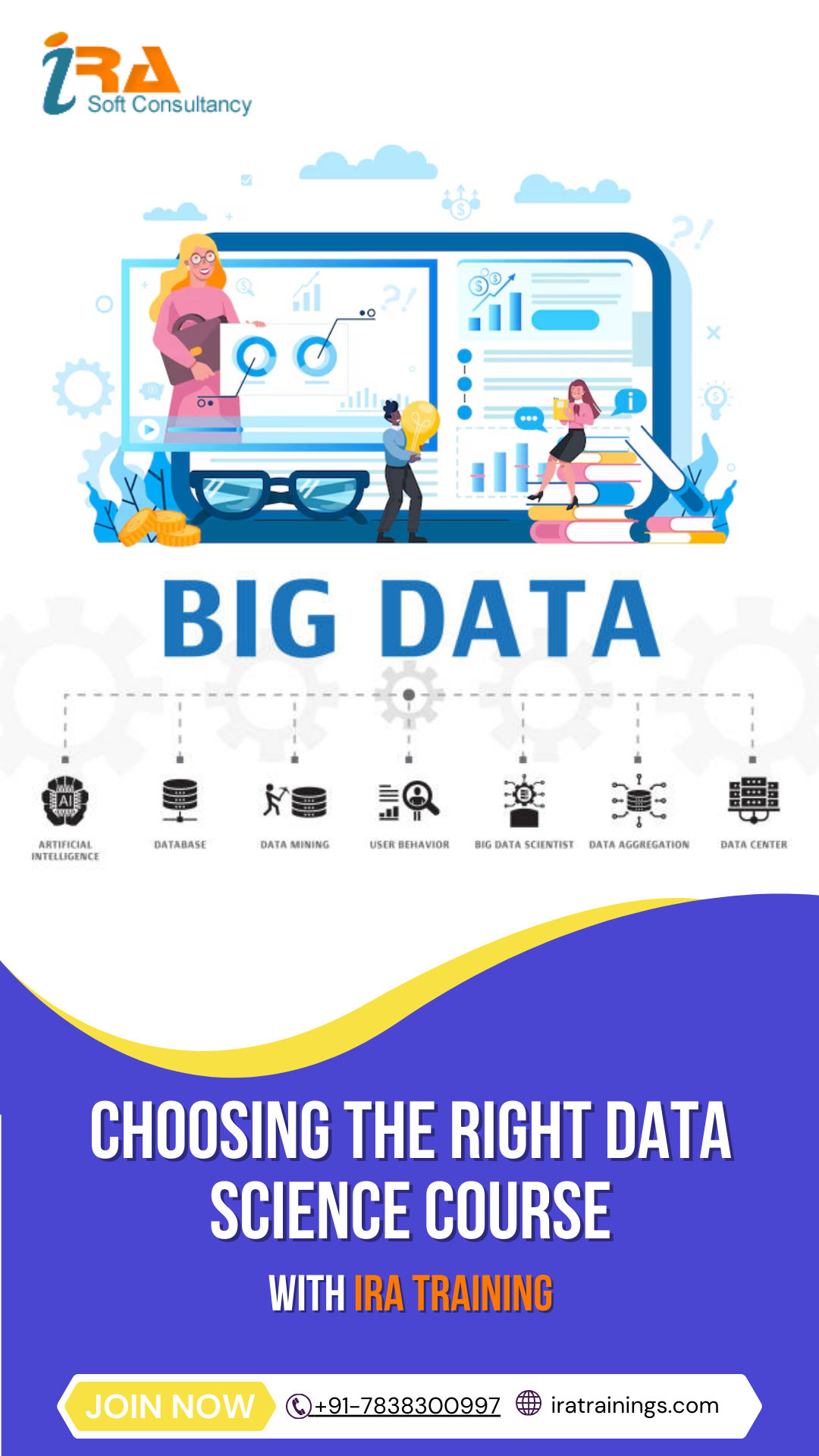

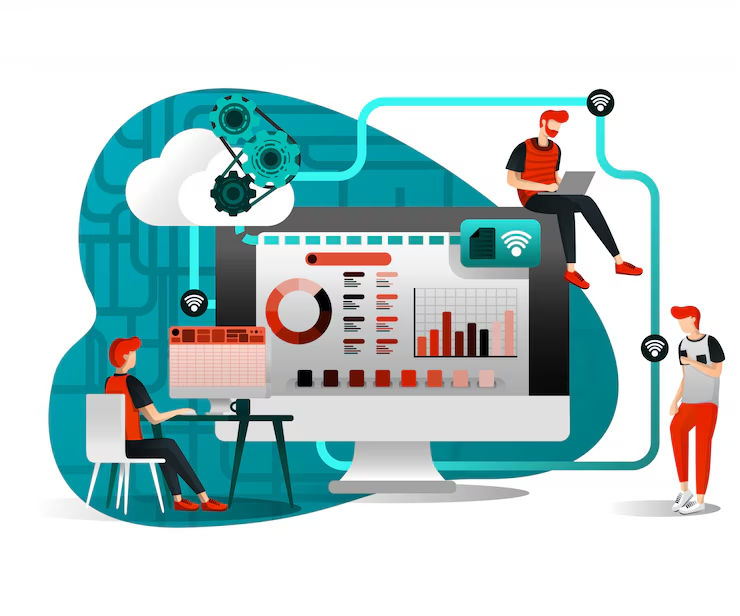
-Photoroom.png?updatedAt=1749976631606)

.png?updatedAt=1746209617975)
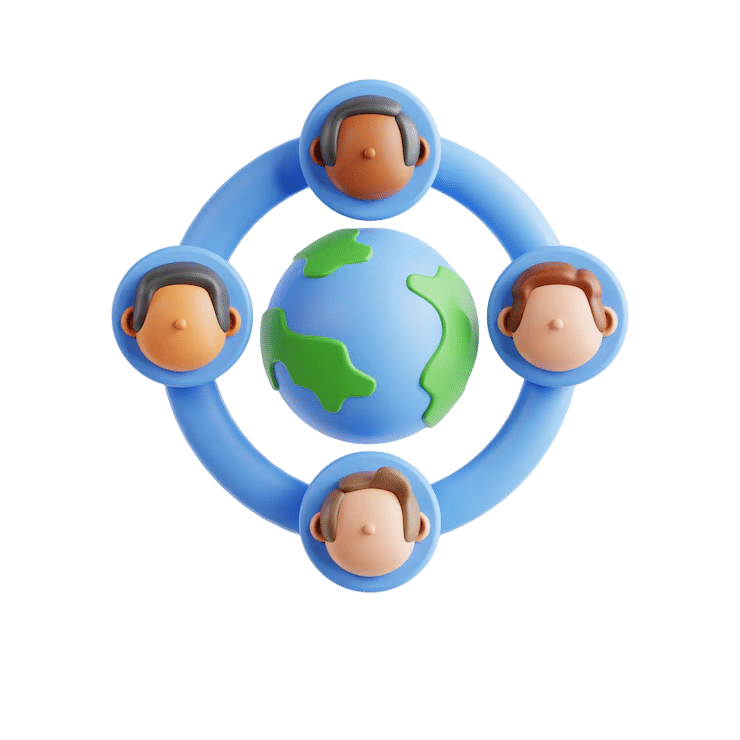

















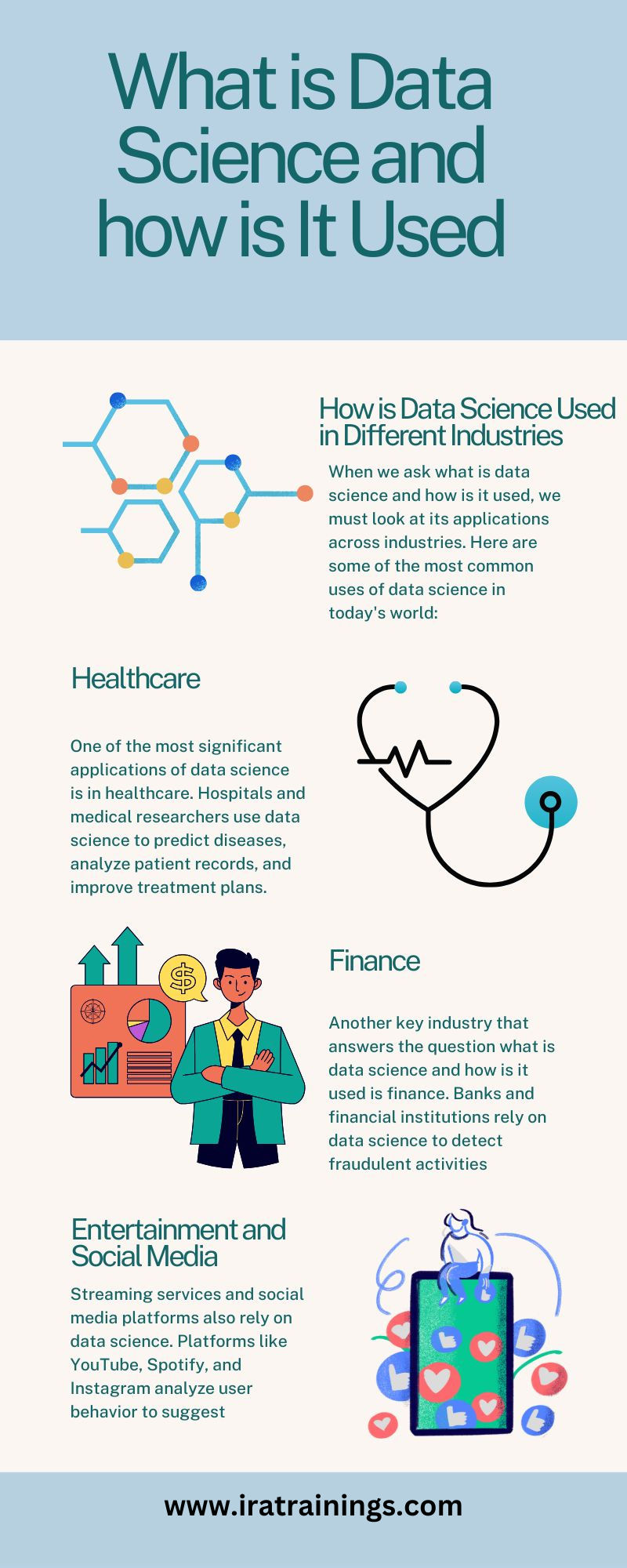

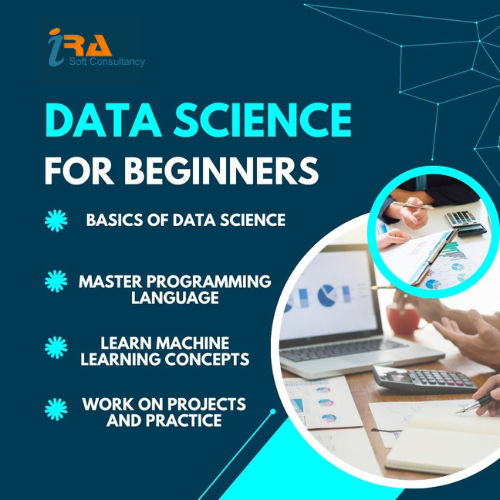
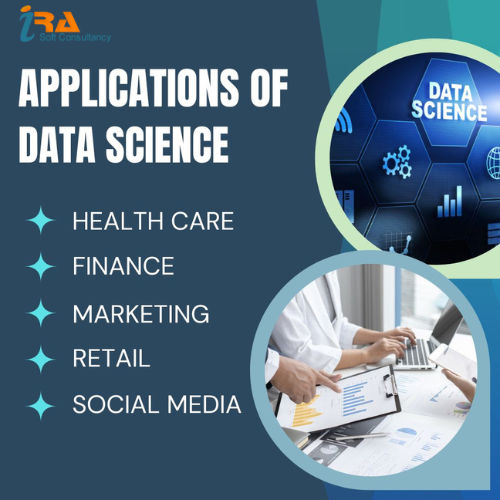
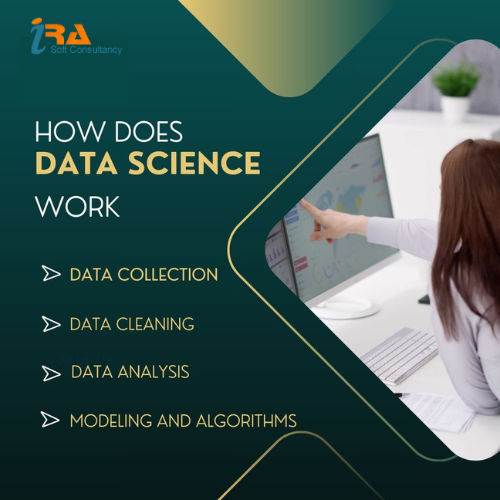

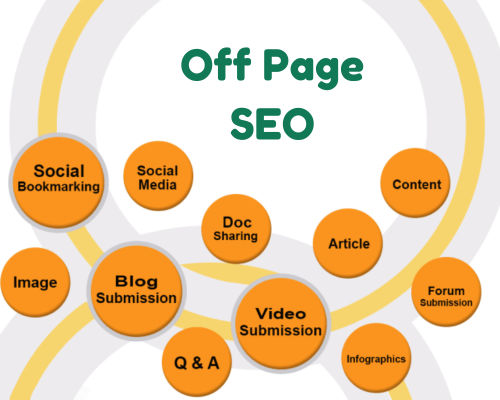
.png?updatedAt=1738479535564)
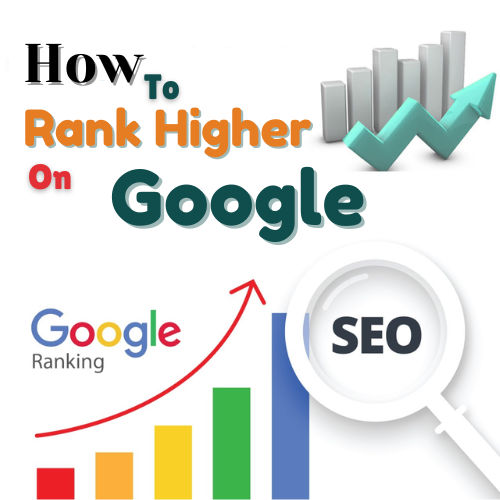
.png?updatedAt=1737136060110)

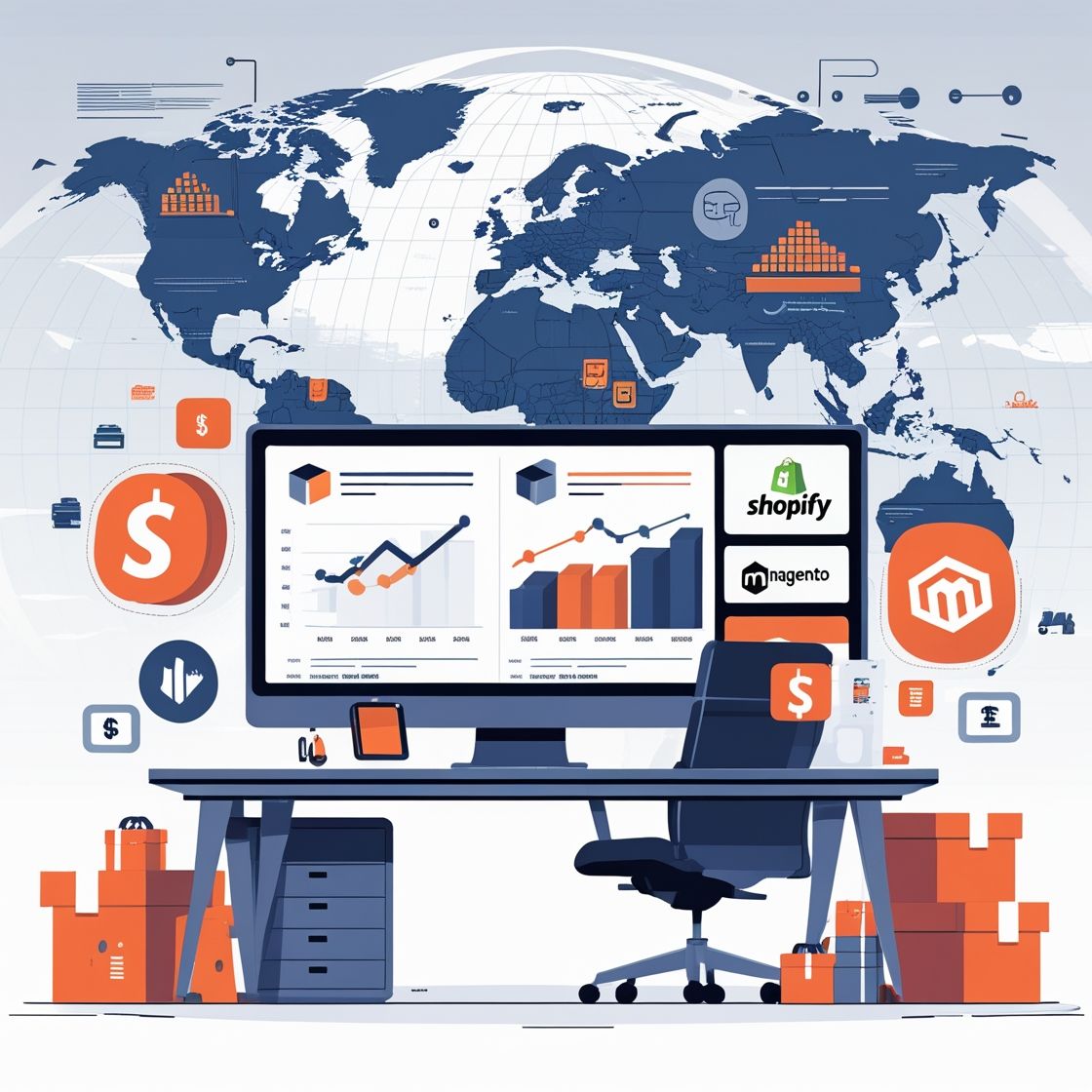
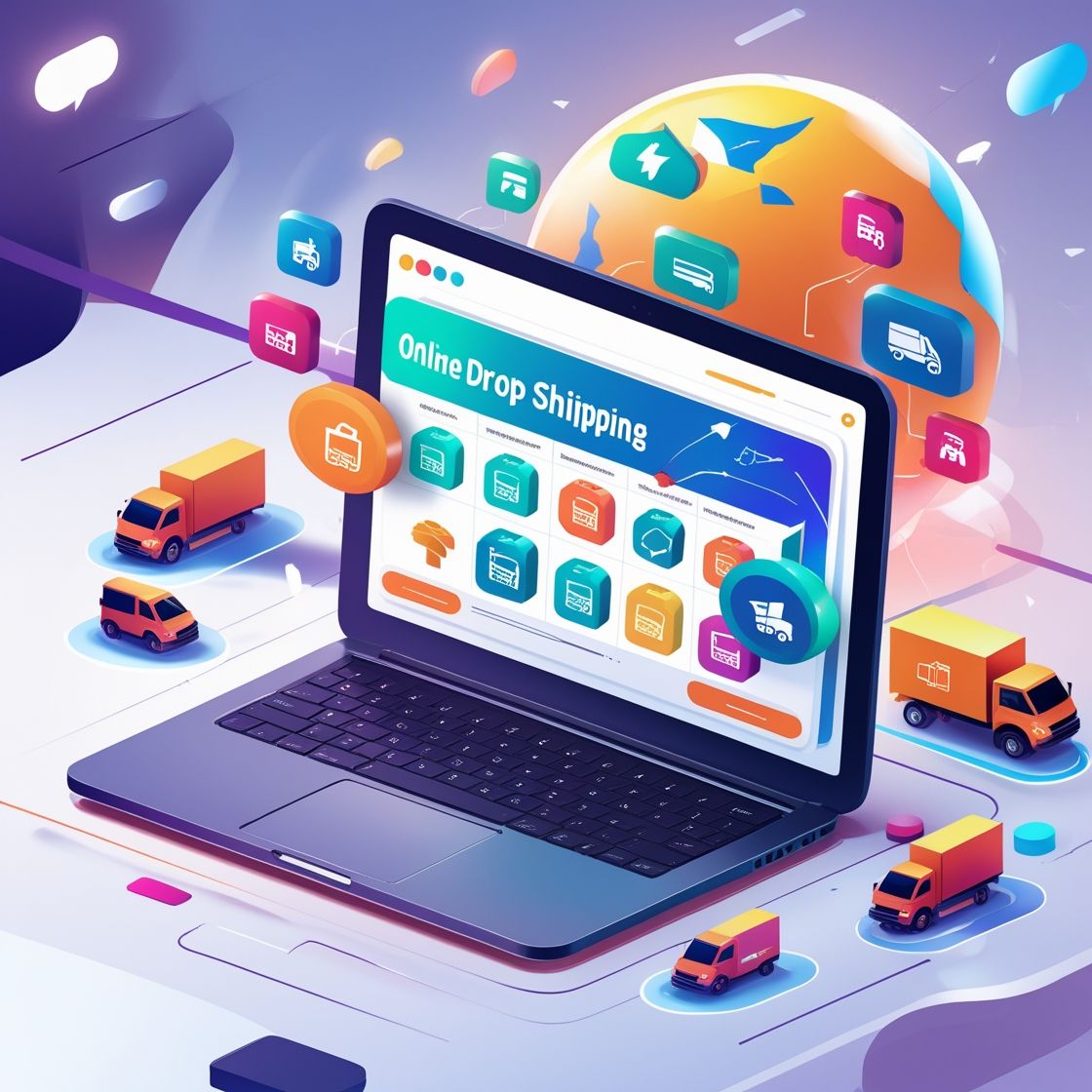

.png?updatedAt=1737047638576)
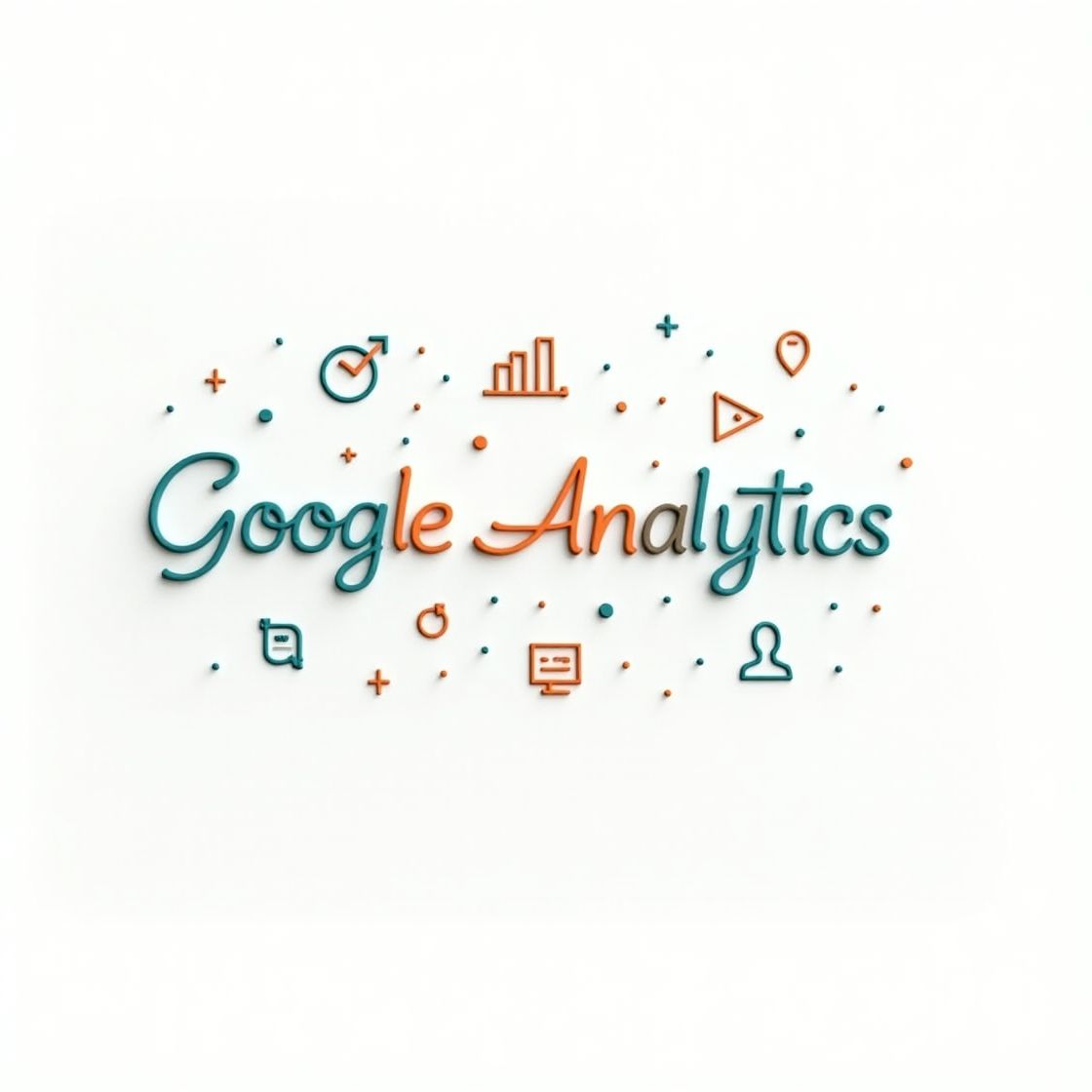
.png?updatedAt=1736666920952)








.png?updatedAt=1737047124583)